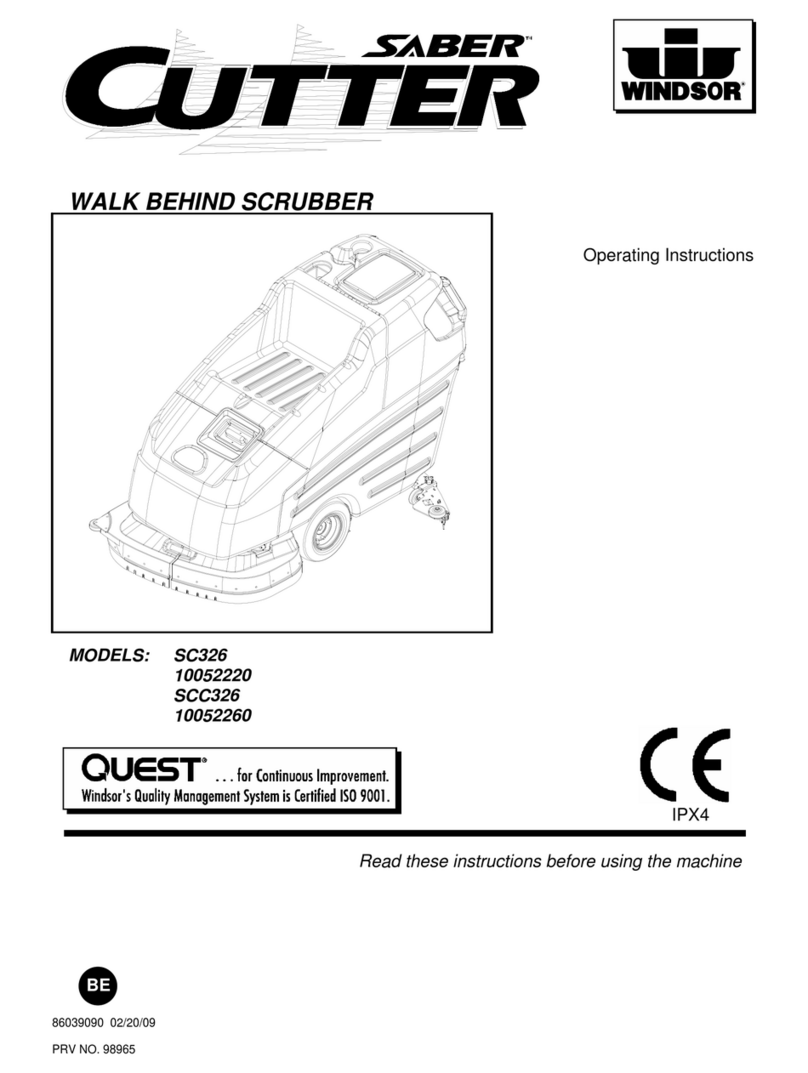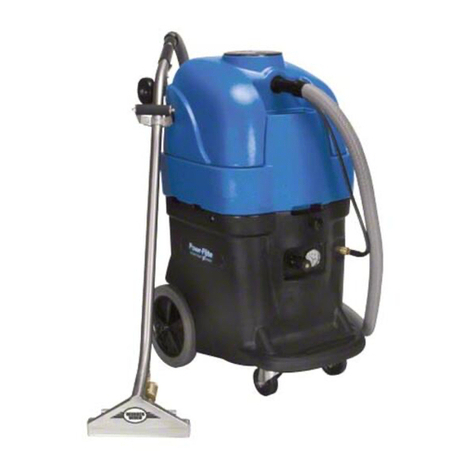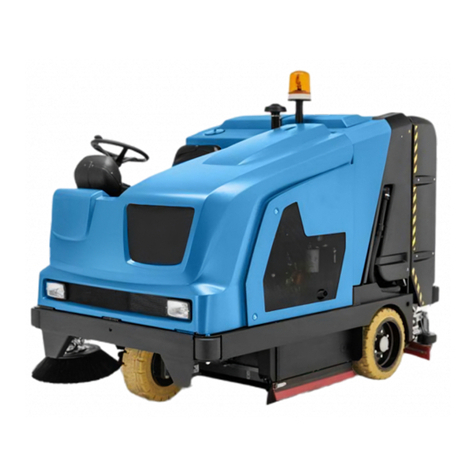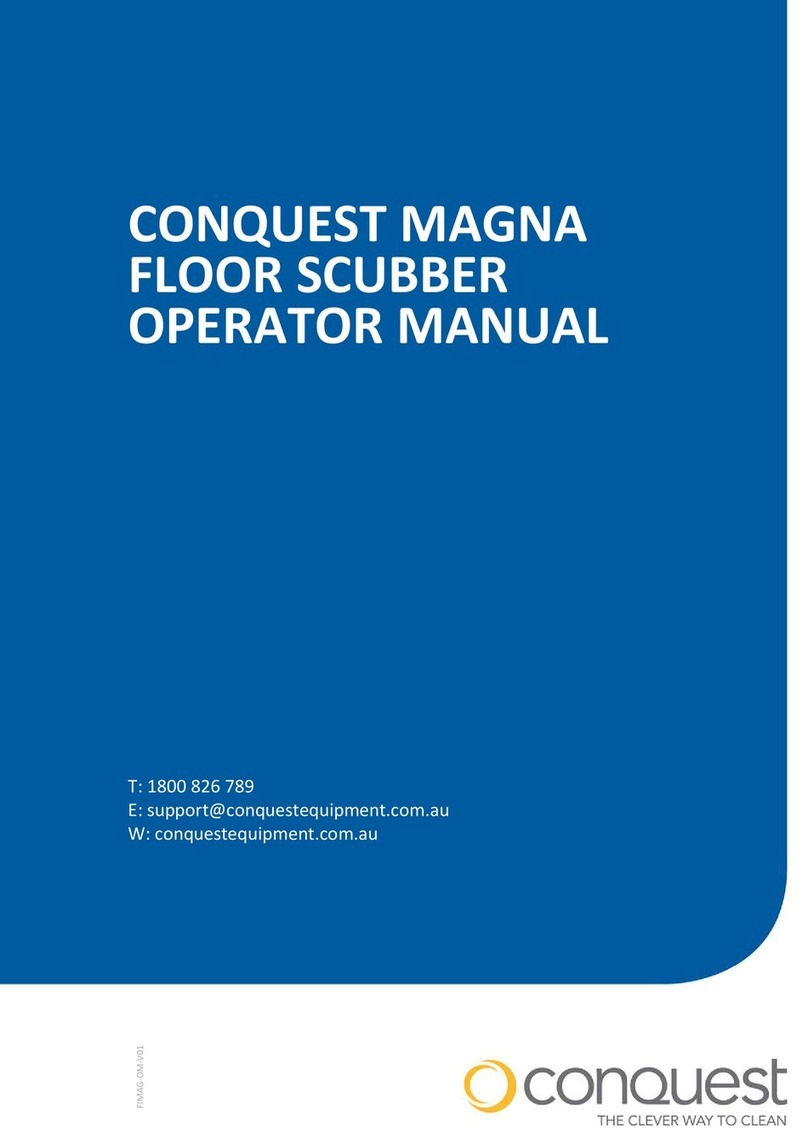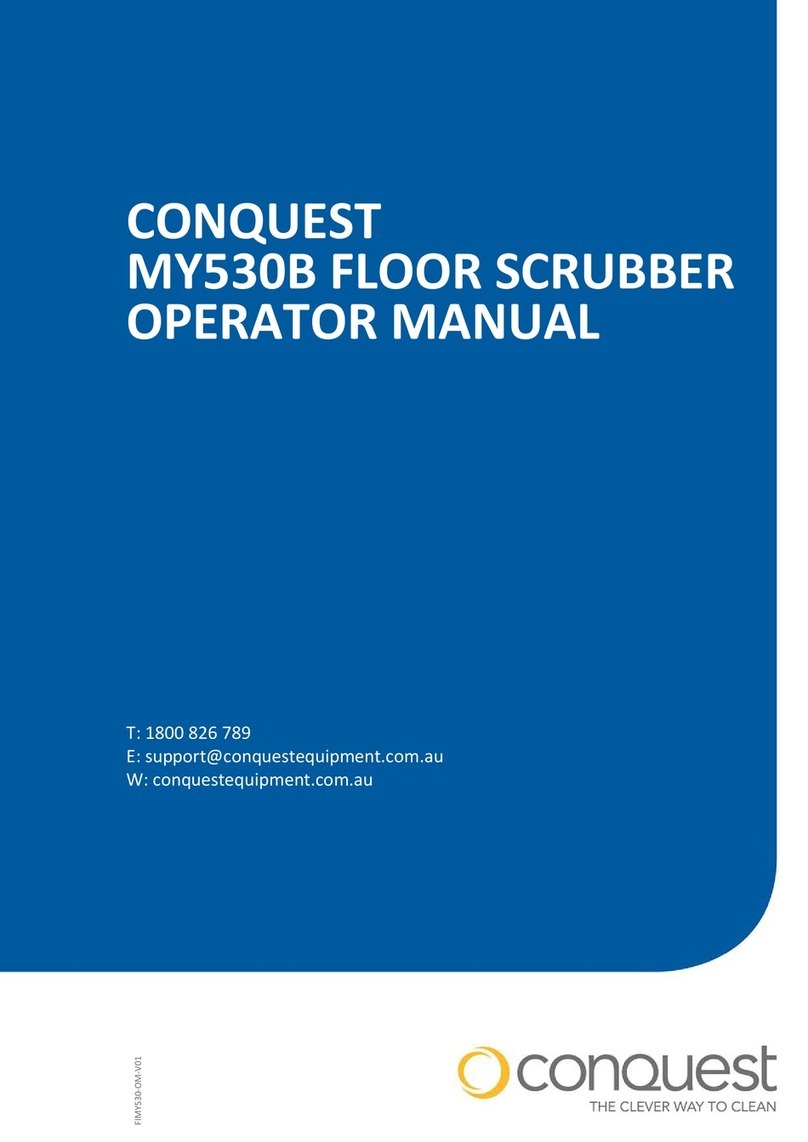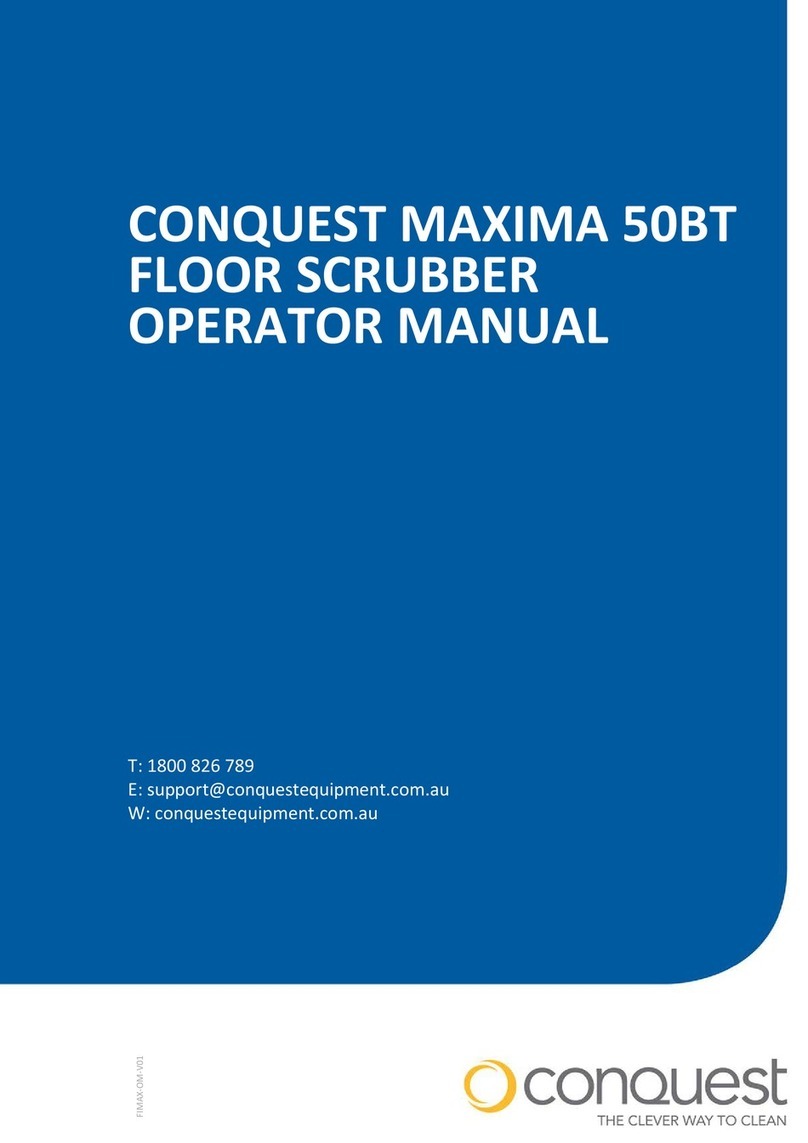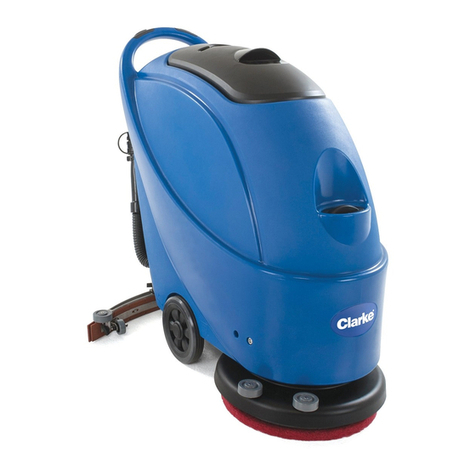
3
CONTENTS
ON CONSIGNMENT OF THE MACHINE................................................................................................................................5
INTRODUCTORY COMMENT..............................................................................................................................................5
INTENDED USE................................................................................................................................................................5
SERIAL NUMBER PLATE...................................................................................................................................................5
TECHNICAL DESCRIPTION................................................................................................................................................6
SYMBOLS USED ON THE MACHINE....................................................................................................................................7
GENERAL SAFETY REGULATIONS.....................................................................................................................................9
MACHINE PREPARATION................................................................................................................................................10
1. HANDLING OF THE PACKED MACHINE........................................................................................................................................10
2. HOW TO UNPACK THE MACHINE................................................................................................................................................10
3. HOW TO MOVE THE MACHINE ...................................................................................................................................................10
4. INSTRUMENT PANEL COMPONENTS ..........................................................................................................................................10
5. STEERING COLUMN COMPONENTS ...........................................................................................................................................11
6. FOOTBOARD FRONT-RIGHT COMPONENTS ................................................................................................................................11
7. FOOTBOARD FRONT-LEFT COMPONENTS ..................................................................................................................................11
8. FOOTBOARD REAR COMPONENTS ............................................................................................................................................11
9. MACHINE'S SIDE COMPONENTS ................................................................................................................................................12
10. MACHINE'S REAR COMPONENTS.............................................................................................................................................12
11. TYPE OF BATTERY.................................................................................................................................................................12
12. BATTERY MAINTENANCE AND DISPOSAL..................................................................................................................................12
13. FITTING THE BATTERIES INTO THE MACHINE............................................................................................................................13
14. BATTERY CONNECTION AND BATTERY CONNECTORS...............................................................................................................13
15. BATTERY CHARGER CONNECTION (VERSIONS WITHOUT BC).....................................................................................................14
16. BATTERY CHARGER CONNECTION (VERSIONS WITH CB) ...........................................................................................................15
17. BATTERY CHARGE LEVEL INDICATOR......................................................................................................................................16
18. WORKING FORWARD SPEED...................................................................................................................................................16
19. REVERSE FUNCTION..............................................................................................................................................................16
20. RECOVERY TANK...................................................................................................................................................................17
21. SOLUTION TANK....................................................................................................................................................................17
22. FILLING THE SOLUTION TANK..................................................................................................................................................17
23. DETERGENT SOLUTION..........................................................................................................................................................18
24. REGULATING THE DETERGENT...............................................................................................................................................18
25. ASSEMBLING THE SQUEEGEE.................................................................................................................................................18
26. SQUEEGEE INCLINATION........................................................................................................................................................19
27. ADJUSTING THE SQUEEGEE SUPPORT HEIGHT ........................................................................................................................19
28. BRUSH ASSEMBLY (MR60 B VERSIONS)....................................................................................................................................19
29. WASHING BRUSH HEAD CASING ASSEMBLY (MR 65-75-85-100 B VERSIONS)................................................................................19
30. DISC BRUSH ASSEMBLY (MR 65-75-85-100 B VERSIONS).............................................................................................................20
31. SERVICE BRAKE AND PARKING BRAKE ....................................................................................................................................20
32. BLINKING LIGHT (OPTIONAL)...................................................................................................................................................20
33. EMPTY SOLUTION TANK DEVICE..............................................................................................................................................21
34. WATER MANAGEMENT KIT (OPTIONAL) ....................................................................................................................................21
35. BASE EXTRA PRESSER (VERSIONS B)......................................................................................................................................21
WORK...........................................................................................................................................................................22
36. PREPARING TO WORK............................................................................................................................................................22
37. OVERFLOW DEVICE ...............................................................................................................................................................22
AT THE END OF THE WORK ............................................................................................................................................23
DAILY MAINTENANCE ....................................................................................................................................................24
38. CLEANING THE RECOVERY TANK............................................................................................................................................24
39. CLEANING THE SUCTION MOTOR FILTER .................................................................................................................................24
40. CLEANING THE SQUEEGEE.....................................................................................................................................................25
41. CLEANING THE SOLUTION TANK AND FILTER............................................................................................................................25
42. DISC BRUSH DISASSEMBLY (MR60 B VERSIONS).......................................................................................................................26
43. DISC BRUSH DISASSEMBLY (MR 65-75-85-100 B VERSIONS)........................................................................................................26
